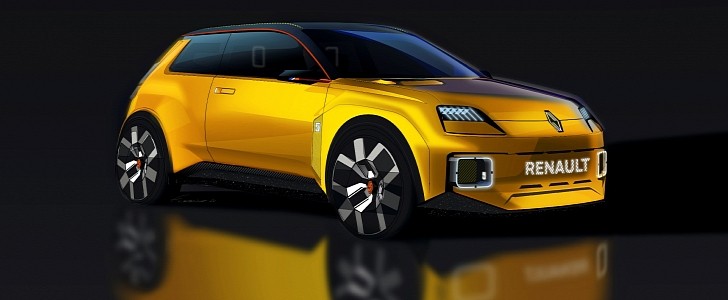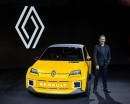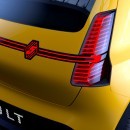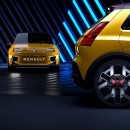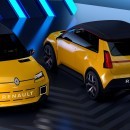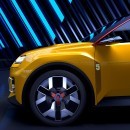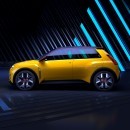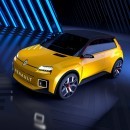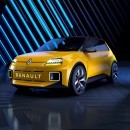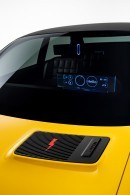Instead of resting on its laurels as one of the top dogs in the European automotive industry, Groupe Renault has doubled down on electrification. After announcing an all-electric turnaround plan for the Alpine brand, Renault has confirmed no fewer than 14 new “core vehicles” by 2025.
Seven of them are fully electric, and seven will slot in the compact and mid-size segments according to the French automaker. But wait, there’s more! “We’ll also be a tech brand through in-house innovation,” said Luca de Meo, the Italian businessman who serves as the big kahuna since July 2020.
Nouvelle Vague (French for New Wave) is how Renault bills the electrification plan that includes the research and development of fuel-cell hydrogen vehicles. That’s pretty bold if you remember that Europe lags behind Japan and South Korea in this domain, but then again, opinions are split between the eco-friendly solution of the future. At the present moment, however, BEVs have a clear advantage over FCVs in terms of production costs and charging infrastructure.
As for the highlight from today’s livestream presentation, the retro-futuristic concept in the photo gallery intends to show that “Renault will democratize the electric car in Europe with a modern approach to the popular and essential car.” Loosely inspired by the R5, the all-electric hatchback hides its charging port behind the hood vent on the driver’s side.
Renault didn’t publish any photos of the interior, mention anything about the powertrain and driving range, or give a hint about series production. From my personal biased point of view, it would be a missed opportunity not to adapt this funky-looking concept into a low-cost production vehicle.
The R5, also known as Le Car in the United States from 1976 to 1983, singlehandedly revolutionized the subcompact segment by addressing the broadest possible spectrum of potential customers. The R5 Turbo, on the other hand, pushed the envelope for hot hatches with a mid-engine layout.
Nouvelle Vague (French for New Wave) is how Renault bills the electrification plan that includes the research and development of fuel-cell hydrogen vehicles. That’s pretty bold if you remember that Europe lags behind Japan and South Korea in this domain, but then again, opinions are split between the eco-friendly solution of the future. At the present moment, however, BEVs have a clear advantage over FCVs in terms of production costs and charging infrastructure.
As for the highlight from today’s livestream presentation, the retro-futuristic concept in the photo gallery intends to show that “Renault will democratize the electric car in Europe with a modern approach to the popular and essential car.” Loosely inspired by the R5, the all-electric hatchback hides its charging port behind the hood vent on the driver’s side.
Renault didn’t publish any photos of the interior, mention anything about the powertrain and driving range, or give a hint about series production. From my personal biased point of view, it would be a missed opportunity not to adapt this funky-looking concept into a low-cost production vehicle.
The R5, also known as Le Car in the United States from 1976 to 1983, singlehandedly revolutionized the subcompact segment by addressing the broadest possible spectrum of potential customers. The R5 Turbo, on the other hand, pushed the envelope for hot hatches with a mid-engine layout.
